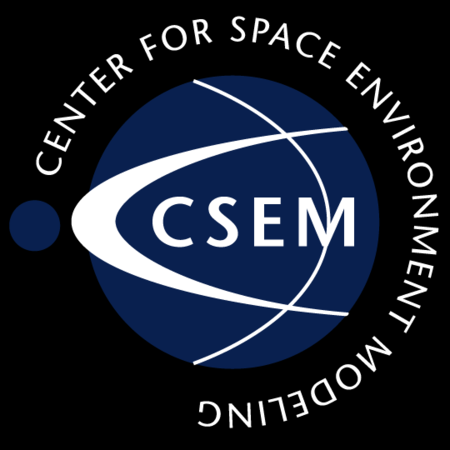A variety of research labs and groups are collaborate here at the University of Michigan to explore and utilize space for the bettering of the common good here on Earth and someday beyond. A list of these groups is given below.
Center for Space Environment Modeling (CSEM)
An electrified, charged gas, called plasma, exists throughout much of outer space. In fact, most of the particles in deep space are electrically charged. Their motion obeys the laws of electromagnetics, that is Maxwell’s laws and the Lorentz force equation. When trying to describe this motion and dynamics of a space plasma system, it can be defined in its fluid approximation as magnetohydrodynamics or in its most basic form as kinetic equation physics.
A group at the University of Michigan, the Center for Space Environment Modeling, develops and uses several numerical models that solve these equations of space plasma dynamics. They write the computer codes using sophisticated numerical algorithms, coupling codes together within the Space Weather Modeling Framework, to simulate the flow of charged particles and the accompanying electric and magnetic fields, around the Sun, the Earth, and many other celestial bodies in the solar system.
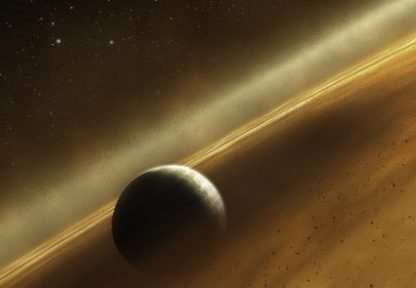
Formation and Evolution of Planetary Systems (FEPS)
Several recent satellite missions have been amazingly good at finding planets orbiting stars other than the Sun. We now know of thousands of exoplanets, as they are called. Most orbit very close to their stars and are quite big, known as hot Jupiters. Others, however, are more Earth-like in size, with some even being in the “habitable zone” around their stars where the temperatures could be right for liquid water to exist.
A group at Michigan investigates this topic of Formation and Evolution of Planetary Systems. How do these planets form? How do they change? This group seeks to understand the origin, structure, and evolution of planetary systems.
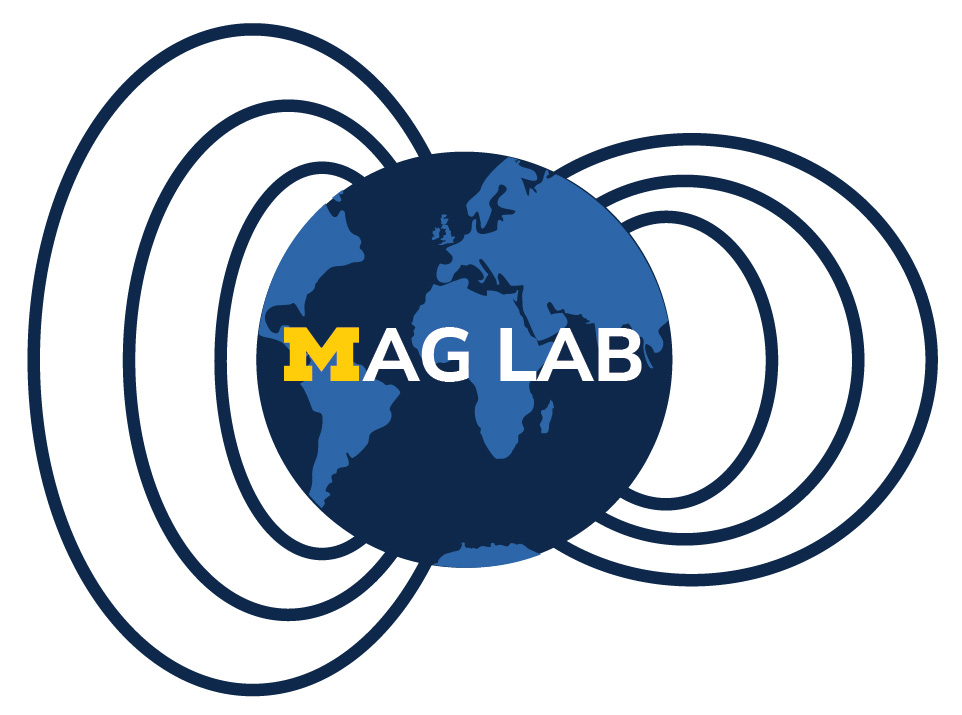
Magnetometer Laboratory
The University of Michigan’s Magnetometer Laboratory develops ground and space-based magnetometer sensors for space physics science investigations and space weather applications. They package commercial low-resource sensors to perform in extreme environments on Earth and in Space. They are developing new magnetometer system architectures to enable noise identification, in order to simplify ground-based and space-based magnetometry.
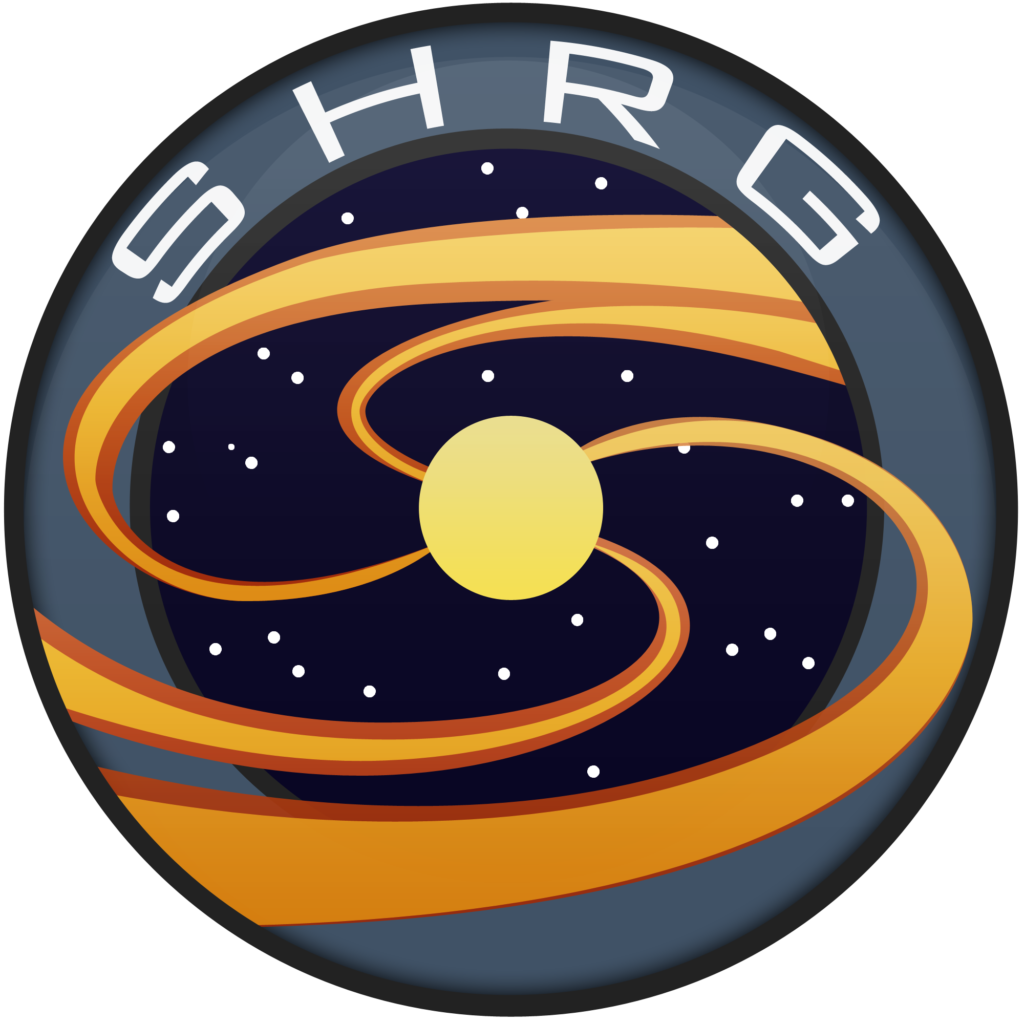
Solar-Heliosphere Research Group (SHRG)
The Sun emits not only light but also a supersonic, electrified, magnetized gas called the solar wind. While light from the sun takes about 8 minutes to reach the Earth, the particles in the solar wind, typically moving at about 400 kilometers per second, take about 3 or 4 days to travel this distance. The solar wind spreads throughout the entire solar system, past Pluto, eventually butting against the interstellar medium. This region around the sun that is dominated by the solar wind is called the heliosphere.
Faculty and students at the University of Michigan, in particular those in the Solar-Heliosphere Research Group, study the sun and the solar wind. They build instruments to fly on spacecraft, including one on the Parker Solar Probe mission currently making ever-closer laps around the sun, as well as use theoretical analysis and numerical models to understand how the sun’s atmosphere transitions into the supersonic flow of the solar wind.
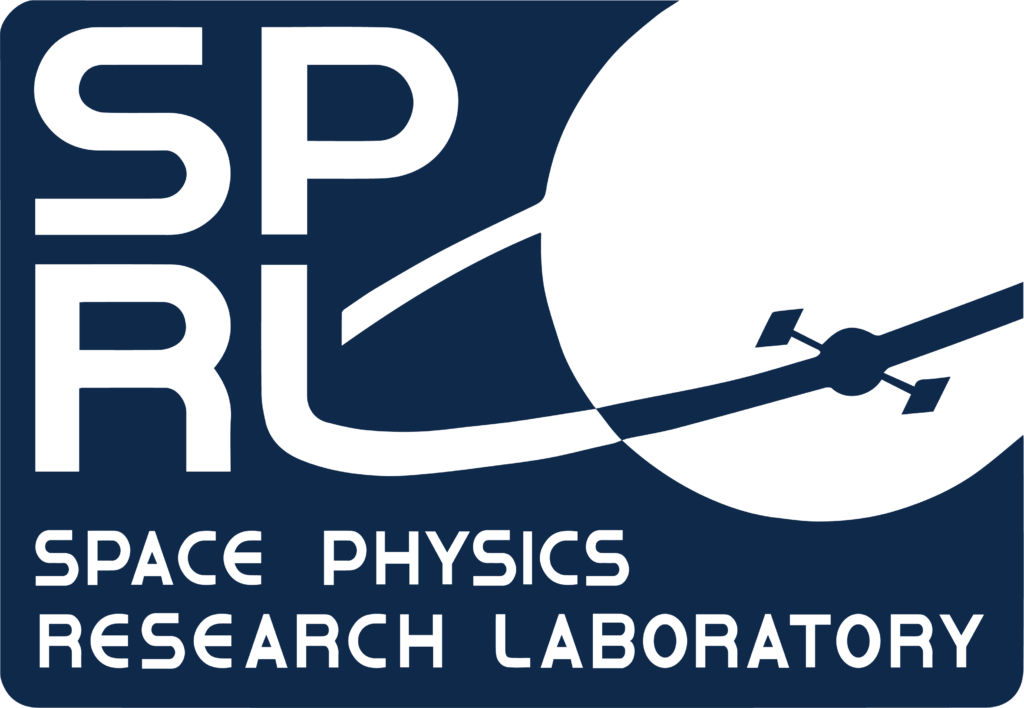
Space Physics Research Laboratory (SPRL)
The University of Michigan’s Space Physics Research Laboratory has a long history of building spaceflight qualified hardware, especially scientific instruments making measurements of space and from space. The Space Institute is working closely with the Space Physics Research Laboratory, as faculty develop new ideas for spaceflight instrumentation, funneling new projects into SPRL. The Space Institute is coordinating its educational efforts with SPRL to maximize spaceflight project involvement and experience for students.

